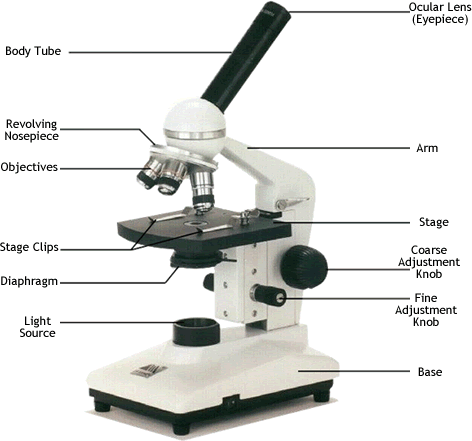3 Thoughts:
1) There are two types of methods used in desalination. The first is distillation and the second method is reverse osmosis. In reverse osmosis, some steps are almost similar to the method of filtration as there is a presence of partially-permeable membrane which its function is similar to the function of filter paper used in the filtration. Both filter paper and partially-permeable membrane only allow certain substances to pass through.
2) I learnt that sublime means change in state directly from solid to gas, without even turning into the liquid state. One example is the solid iodine. To separate a small amount of substance, which sublimes to the effect of heat, from a mixture, we must first heat the mixture in an evaporating dish with an inverted filter funnel placed above the dish. The substances will then be formed on the wall of the inverted filter funnel.
3) I now know that concentrated means to remove any inessential substances. Example, if you want to get concentrated syrup means that you want more of the syrup and less amount of water.
2 Questions:
1) Reverse osmosis or distillation is a better method to obtain NEWater?
2) Can the partially-permeable membrane used in reverse osmosis be replaced with a stronger and firmer filter paper?
1 Useful application:
1) Such new knowledge will help me to understand how NEWater is obtained from the method of reverse osmosis.
(Reverse osmosis) (Subliming)


Sources: Google Images























